Paritosh Ramanan
Text embedding models can be great data engineers
May 20, 2025Abstract:Data engineering pipelines are essential - albeit costly - components of predictive analytics frameworks requiring significant engineering time and domain expertise for carrying out tasks such as data ingestion, preprocessing, feature extraction, and feature engineering. In this paper, we propose ADEPT, an automated data engineering pipeline via text embeddings. At the core of the ADEPT framework is a simple yet powerful idea that the entropy of embeddings corresponding to textually dense raw format representation of time series can be intuitively viewed as equivalent (or in many cases superior) to that of numerically dense vector representations obtained by data engineering pipelines. Consequently, ADEPT uses a two step approach that (i) leverages text embeddings to represent the diverse data sources, and (ii) constructs a variational information bottleneck criteria to mitigate entropy variance in text embeddings of time series data. ADEPT provides an end-to-end automated implementation of predictive models that offers superior predictive performance despite issues such as missing data, ill-formed records, improper or corrupted data formats and irregular timestamps. Through exhaustive experiments, we show that the ADEPT outperforms the best existing benchmarks in a diverse set of datasets from large-scale applications across healthcare, finance, science and industrial internet of things. Our results show that ADEPT can potentially leapfrog many conventional data pipeline steps thereby paving the way for efficient and scalable automation pathways for diverse data science applications.
Federated Granger Causality Learning for Interdependent Clients with State Space Representation
Jan 27, 2025



Abstract:Advanced sensors and IoT devices have improved the monitoring and control of complex industrial enterprises. They have also created an interdependent fabric of geographically distributed process operations (clients) across these enterprises. Granger causality is an effective approach to detect and quantify interdependencies by examining how one client's state affects others over time. Understanding these interdependencies captures how localized events, such as faults and disruptions, can propagate throughout the system, possibly causing widespread operational impacts. However, the large volume and complexity of industrial data pose challenges in modeling these interdependencies. This paper develops a federated approach to learning Granger causality. We utilize a linear state space system framework that leverages low-dimensional state estimates to analyze interdependencies. This addresses bandwidth limitations and the computational burden commonly associated with centralized data processing. We propose augmenting the client models with the Granger causality information learned by the server through a Machine Learning (ML) function. We examine the co-dependence between the augmented client and server models and reformulate the framework as a standalone ML algorithm providing conditions for its sublinear and linear convergence rates. We also study the convergence of the framework to a centralized oracle model. Moreover, we include a differential privacy analysis to ensure data security while preserving causal insights. Using synthetic data, we conduct comprehensive experiments to demonstrate the robustness of our approach to perturbations in causality, the scalability to the size of communication, number of clients, and the dimensions of raw data. We also evaluate the performance on two real-world industrial control system datasets by reporting the volume of data saved by decentralization.
Attention is All You Need to Optimize Wind Farm Operations and Maintenance
Oct 31, 2024



Abstract:Operations and maintenance (O&M) is a fundamental problem in wind energy systems with far reaching implications for reliability and profitability. Optimizing O&M is a multi-faceted decision optimization problem that requires a careful balancing act across turbine level failure risks, operational revenues, and maintenance crew logistics. The resulting O&M problems are typically solved using large-scale mixed integer programming (MIP) models, which yield computationally challenging problems that require either long-solution times, or heuristics to reach a solution. To address this problem, we introduce a novel decision-making framework for wind farm O&M that builds on a multi-head attention (MHA) models, an emerging artificial intelligence methods that are specifically designed to learn in rich and complex problem settings. The development of proposed MHA framework incorporates a number of modeling innovations that allows explicit embedding of MIP models within an MHA structure. The proposed MHA model (i) significantly reduces the solution time from hours to seconds, (ii) guarantees feasibility of the proposed solutions considering complex constraints that are omnipresent in wind farm O&M, (iii) results in significant solution quality compared to the conventional MIP formulations, and (iv) exhibits significant transfer learning capability across different problem settings.
Federated Battery Diagnosis and Prognosis
Oct 14, 2023Abstract:Battery diagnosis, prognosis and health management models play a critical role in the integration of battery systems in energy and mobility fields. However, large-scale deployment of these models is hindered by a myriad of challenges centered around data ownership, privacy, communication, and processing. State-of-the-art battery diagnosis and prognosis methods require centralized collection of data, which further aggravates these challenges. Here we propose a federated battery prognosis model, which distributes the processing of battery standard current-voltage-time-usage data in a privacy-preserving manner. Instead of exchanging raw standard current-voltage-time-usage data, our model communicates only the model parameters, thus reducing communication load and preserving data confidentiality. The proposed model offers a paradigm shift in battery health management through privacy-preserving distributed methods for battery data processing and remaining lifetime prediction.
A Variational Autoencoder Framework for Robust, Physics-Informed Cyberattack Recognition in Industrial Cyber-Physical Systems
Oct 10, 2023Abstract:Cybersecurity of Industrial Cyber-Physical Systems is drawing significant concerns as data communication increasingly leverages wireless networks. A lot of data-driven methods were develope for detecting cyberattacks, but few are focused on distinguishing them from equipment faults. In this paper, we develop a data-driven framework that can be used to detect, diagnose, and localize a type of cyberattack called covert attacks on networked industrial control systems. The framework has a hybrid design that combines a variational autoencoder (VAE), a recurrent neural network (RNN), and a Deep Neural Network (DNN). This data-driven framework considers the temporal behavior of a generic physical system that extracts features from the time series of the sensor measurements that can be used for detecting covert attacks, distinguishing them from equipment faults, as well as localize the attack/fault. We evaluate the performance of the proposed method through a realistic simulation study on a networked power transmission system as a typical example of ICS. We compare the performance of the proposed method with the traditional model-based method to show its applicability and efficacy.
Deep Learning based Covert Attack Identification for Industrial Control Systems
Sep 25, 2020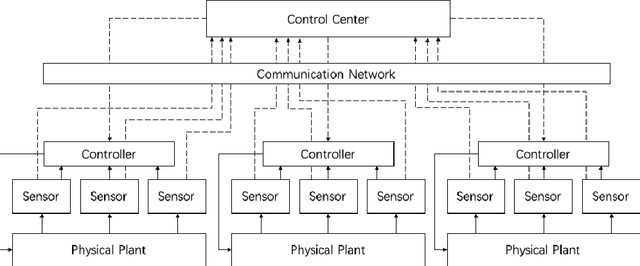
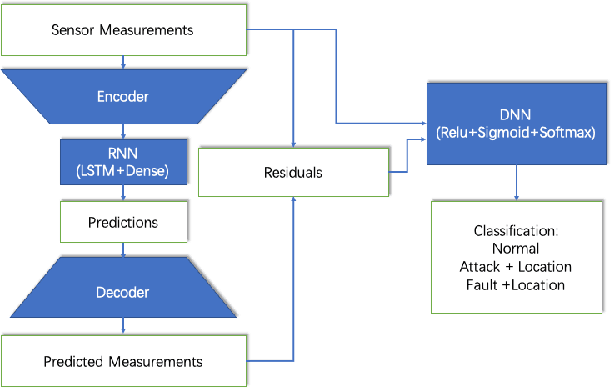
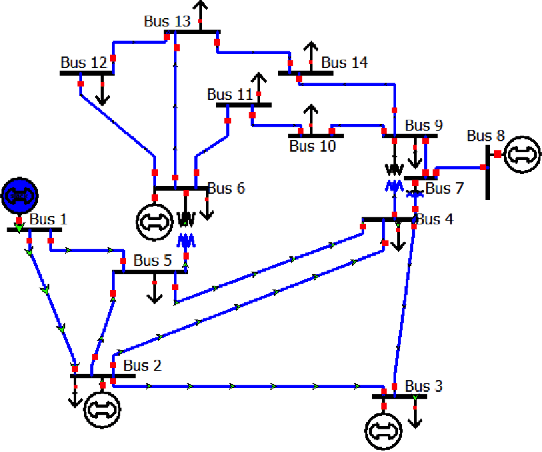
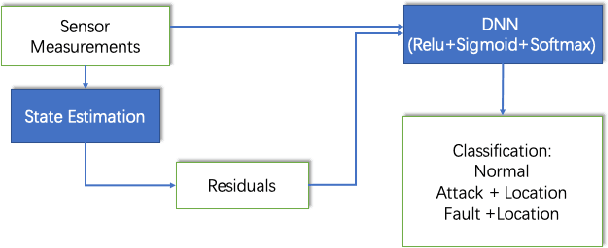
Abstract:Cybersecurity of Industrial Control Systems (ICS) is drawing significant concerns as data communication increasingly leverages wireless networks. A lot of data-driven methods were developed for detecting cyberattacks, but few are focused on distinguishing them from equipment faults. In this paper, we develop a data-driven framework that can be used to detect, diagnose, and localize a type of cyberattack called covert attacks on smart grids. The framework has a hybrid design that combines an autoencoder, a recurrent neural network (RNN) with a Long-Short-Term-Memory (LSTM) layer, and a Deep Neural Network (DNN). This data-driven framework considers the temporal behavior of a generic physical system that extracts features from the time series of the sensor measurements that can be used for detecting covert attacks, distinguishing them from equipment faults, as well as localize the attack/fault. We evaluate the performance of the proposed method through a realistic simulation study on the IEEE 14-bus model as a typical example of ICS. We compare the performance of the proposed method with the traditional model-based method to show its applicability and efficacy.
BAFFLE : Blockchain based Aggregator Free Federated Learning
Sep 16, 2019
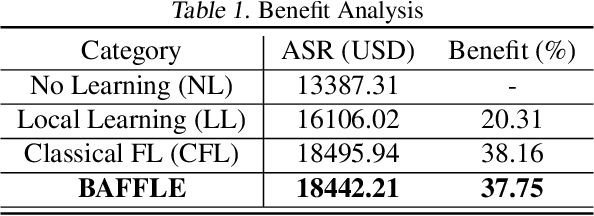

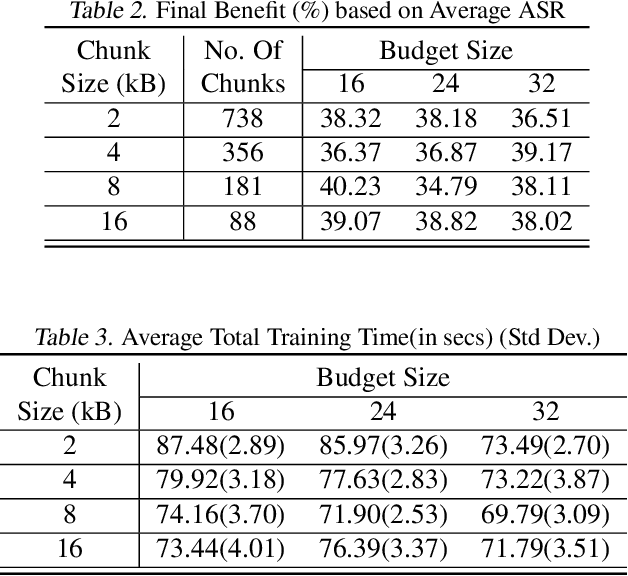
Abstract:A key aspect of Federated Learning (FL) is the requirement of a centralized aggregator to select and integrate models from various user devices. However, infeasibility of an aggregator due to a variety of operational constraints could prevent FL from being widely adopted. In this paper, we introduce BAFFLE, an aggregator free FL environment. Being powered by the blockchain, BAFFLE is inherently decentralized and successfully eliminates the constraints associated with an aggregator based FL framework. Our results indicate that BAFFLE provides superior performance while circumventing critical computational bottlenecks associated with the blockchain.
 Add to Chrome
Add to Chrome Add to Firefox
Add to Firefox Add to Edge
Add to Edge